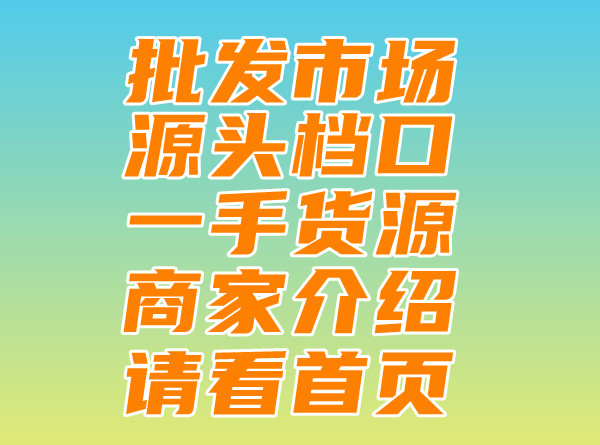Replicating China's Luxury Goods: A Closer Look
Replicating China's Luxury Goods: A Closer Look,
Replicating Luxury in China: A Modern Trend Analysis
In the global marketplace, China has emerged as a pivotal hub for luxury goods. This phenomenon has sparked a new trend of luxury brands aiming to replicate their success in China, adopting strategies that resonate with the unique tastes and preferences of the Chinese consumer.
Luxury Brands and Chinese Consumers
China’s luxury market has grown exponentially in recent years, driven by rising disposable incomes and a penchant for premium products. From high-end fashion to luxury automobiles, the demand is high and the competition among global brands is fierce. This has led many luxury brands to tailor their products and marketing strategies to suit the Chinese consumer.
Recreating luxury in China is not merely about replication of designs or concepts; it involves an intricate understanding of the local market, cultural sensitivities, and a nuanced approach to marketing. Brands need to strike a balance between maintaining their global identity and adapting to local tastes.
For instance, many luxury brands are investing in cultural collaborations with Chinese designers or cultural icons, which resonate with the younger consumer base. They are adopting digital marketing strategies that are prevalent in China, such as social media platforms and e-commerce channels. Moreover, they are focusing on quality and craftsmanship, ensuring that their products are not just status symbols but also reflect a sense of heritage and authenticity.
Moreover, as sustainability and ethical practices become increasingly important to consumers worldwide, Chinese customers are no exception. Luxury brands are also focusing on environmental and social responsibilities, aligning with Chinese consumers’ values.
The Role of Technology in Replicating Luxury
Technology plays a pivotal role in the replication of luxury in China. The advent of e-commerce and social media has revolutionized how luxury brands interact with their Chinese customers. Augmented reality (AR) and virtual reality (VR) experiences, digital payments, and smart features are being integrated into luxury products to cater to the tech-savvy Chinese consumer.
Moreover, data analytics and AI are enabling luxury brands to gather insights about their Chinese customers, enabling them to make more targeted product developments and marketing strategies. By understanding consumer behavior patterns, preferences, and even cultural nuances, these brands are able to craft experiences that are tailored to the Chinese market.
In conclusion, replicating luxury in China is about more than just adapting products to a new market. It’s about creating an immersive experience that resonates with the local culture, meets consumer expectations, and delivers on brand promises. Through strategic collaborations, technology integrations, and a deep understanding of the local market, luxury brands are creating a new paradigm in luxury consumption in China.

- Small Charming Balloon Bag Replica by Chanel Style复刻小香金球包新风尚
- Guangzhou's Dior Saddle Bag Replica Revolution
- Guangdong Replica Bags Market: A Closer Look
- Title: Guangzhou Men's Bag Replica Stores: Quality or Fashion? 这个标题涵盖了关键词,并且在字数限制内提供了对主题的基本描述。
- Hermes Women's Bag Replicas: A Closer Look
- "Mouthless Expressions: Emoticon Remakes with Silent Moves"
- Top Brands Facing the Worst of Replica Bags' Scandals.
- Sam's Fruit Loaf欧式面包复刻攻略


